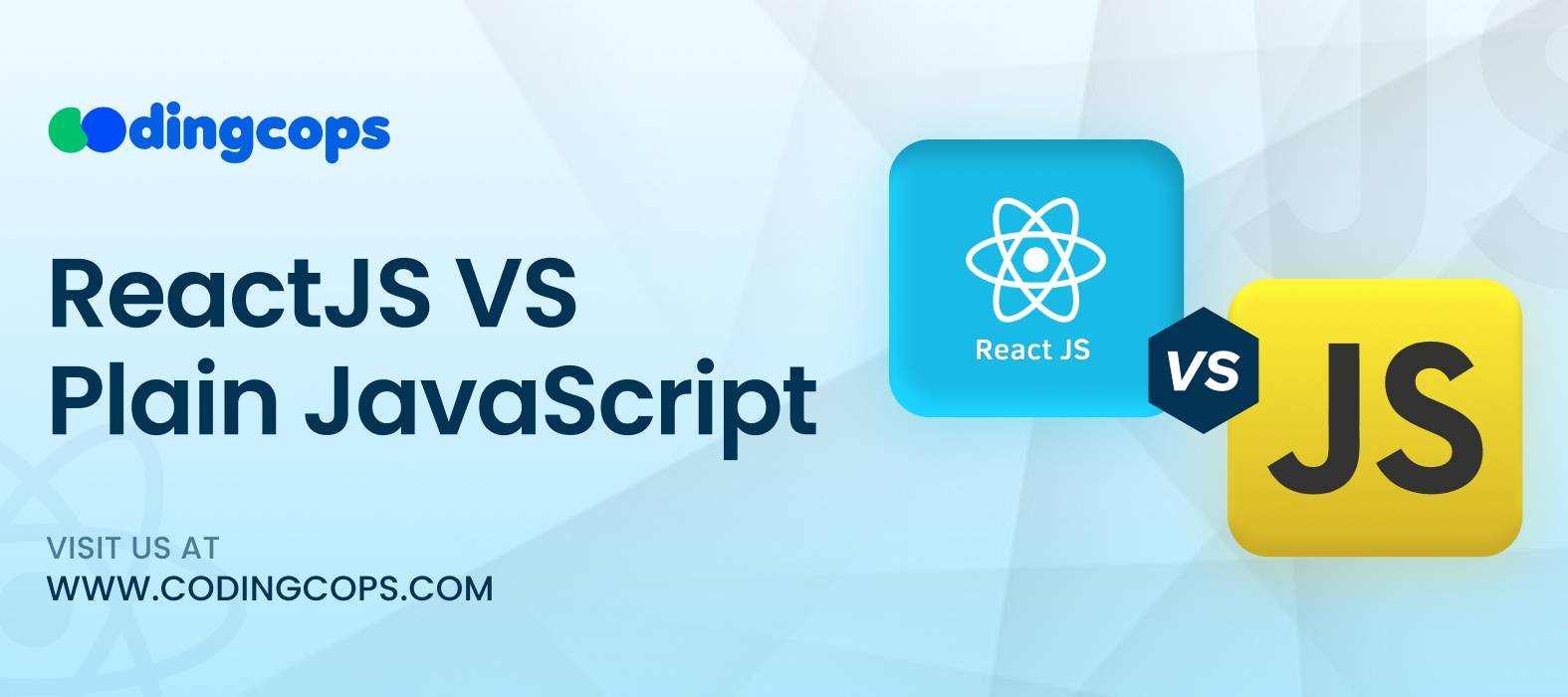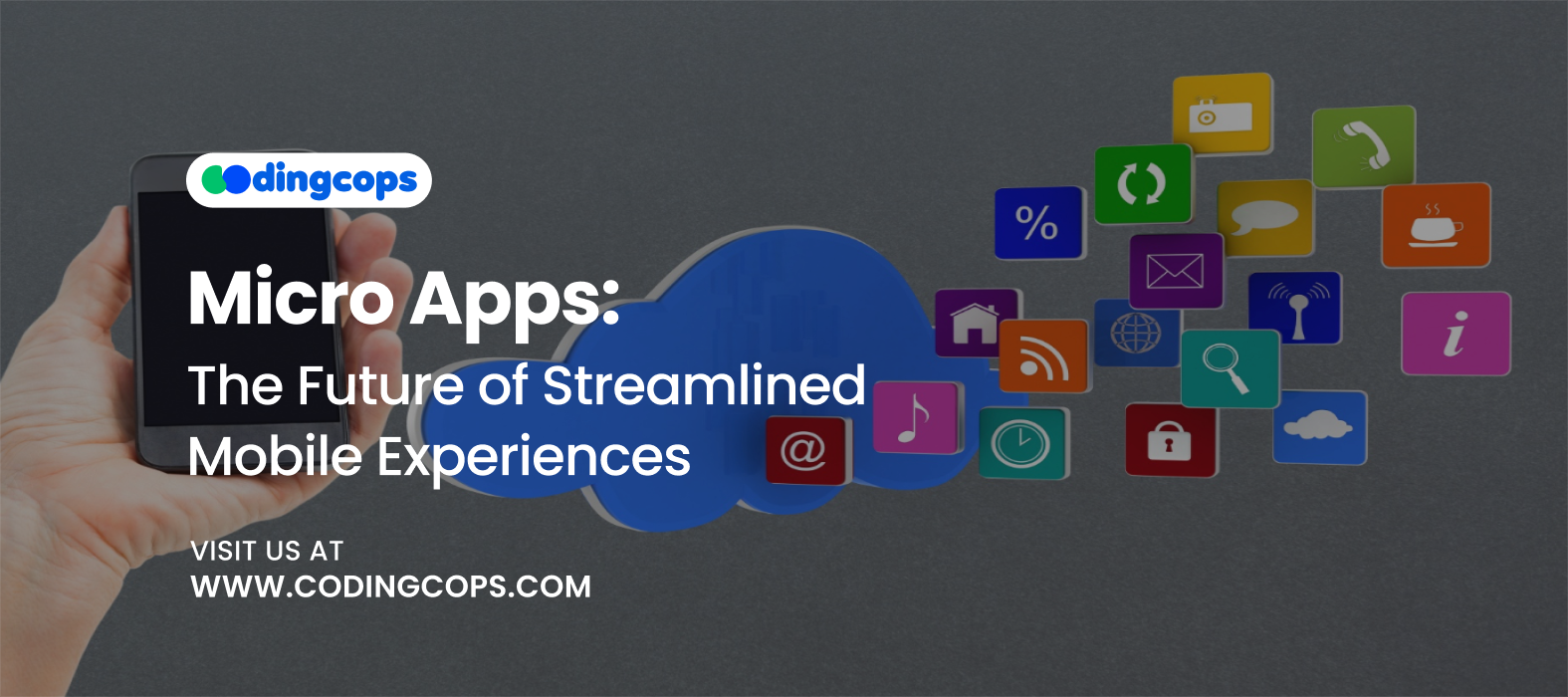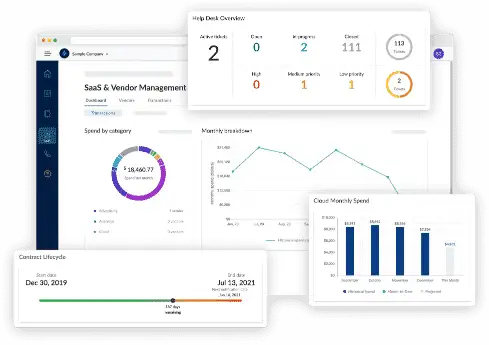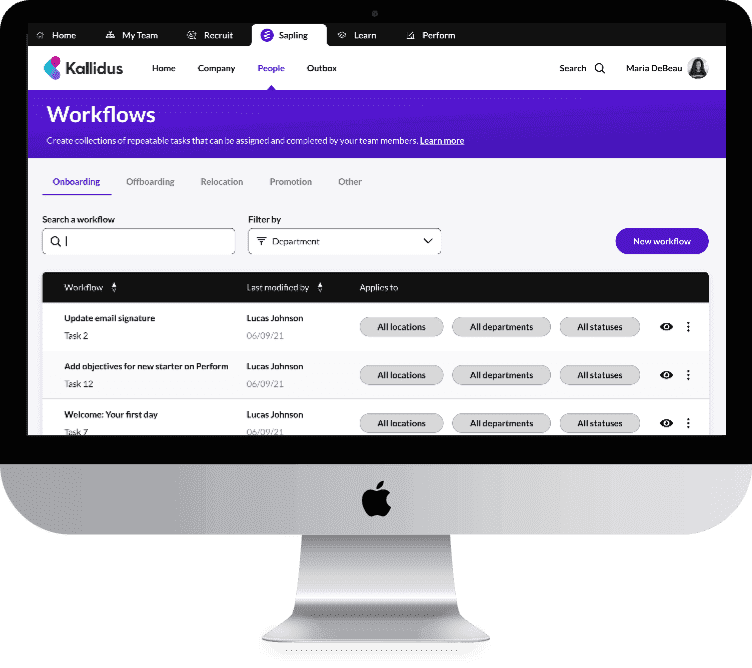According to Statista, Java is the seventh most popular programming language in the world, with 30.3% of developers using it. Moreover, it is also a top choice for AI developers. This is because companies recognize the importance of artificial intelligence in the software industry. Therefore, they are racing to adopt AI technologies.
This is where Java is quietly making its mark as a reliable contender in the AI space. Furthermore, Java developers build enterprise applications. This is because Java provides top tier performance and platform independence. Java is therefore a great option for AI, particularly in applications that require interconnections with current systems.
Therefore, we will go over Java’s unique features and why it merits further consideration in AI creation in this guide.
What Are the AI Features of Java? And Why Should You Use Them?
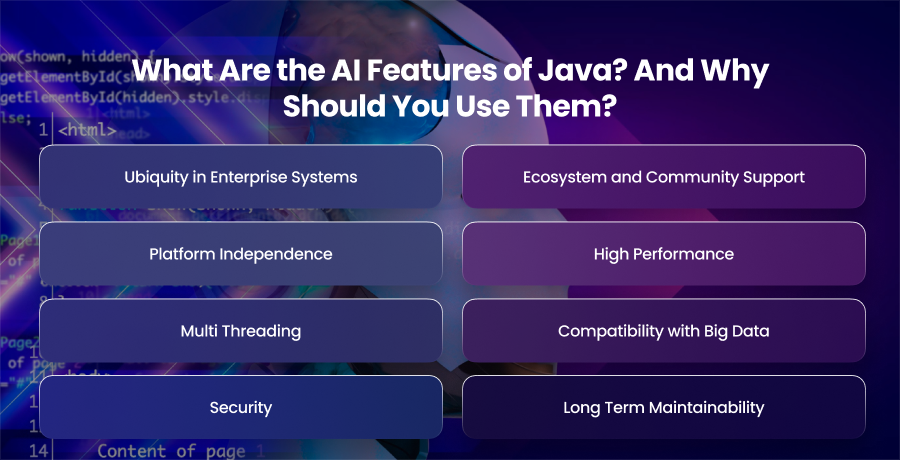
Ubiquity in Enterprise Systems
Java is a great option for developing enterprise applications. From banking and healthcare to eCommerce, many large scale systems are built using Java. Hence, this deep penetration into the enterprise infrastructure means that businesses already have Java based environments and teams in place. Therefore, integrating AI into such systems becomes far more seamless when it’s done using Java. Hence, this eliminates the need to introduce and manage a completely different tech stack.
Ecosystem and Community Support
Java has the largest and most active programming communities in the world. Also, with decades of development and refinement behind it, Java comes with libraries and reliable development tools. Also, this strong ecosystem ensures developers can find support quickly through documentation and forums.
Platform Independence
One of Java’s most powerful features is its write once, run anywhere capability. This is because of Java’s Virtual Machine. Additionally, AI applications work across several platforms, such as cloud environments. Moreover, Java’s platform neutrality allows developers to utilize the same codebase across several systems.
High Performance
AI models can require a lot of processing power, particularly when working with complicated algorithms or big datasets. Additionally, Java is optimized to execute smoothly on the virtual machine and compiled to bytecode. Compared to many interpreted languages, this provides higher performance.
Java is also ideally suited to managing heavy workloads in distributed systems. For AI systems that need high throughput, this makes it perfect.
Multi Threading
Parallel processing is advantageous for many AI processes that require data processing, such as model training. Additionally, Java’s built in concurrency feature enables developers to effectively use system resources and carry out operations concurrently. Moreover, this is especially useful in scenarios such as training machine learning models.
Compatibility with Big Data
AI and big data often go hand in hand. Java is inherently compatible with leading big data technologies like Apache Hadoop. These platforms are used for processing massive volumes of data. Many AI operations require this as a fundamental component. Additionally, Java works well with cloud computing platforms such as AWS, allowing developers to create cloud-native and scalable AI services.
Security
AI applications demand a high level of data integrity. Also, Java’s strong type system and managed memory model make it a reliable option for developing secure AI systems.
Long Term Maintainability
AI solutions change over time. Models need to be retrained, and integration changes. Also, Java’s emphasis on structured programming and modular architecture supports long term maintenance and scalability. Furthermore, this is especially beneficial for enterprise environments.
Java Libraries and Frameworks for AI
Deeplearning4j
Deeplearning4j is arguably the most prominent deep learning library for Java. Moreover, it’s open source and distributed deep learning framework specifically designed for Java environments. Additionally, it supports a large variety of neural network topologies, such as autoencoders and convolutional neural networks.
The fact that Deeplearning4j can operate on distributed computing frameworks like Apache Spark is one of its best qualities. For big data AI applications that need great speed and scalability, this makes it the perfect choice. Additionally, it integrates well with N Dimensional Arrays for Java.
Weka
Weka is a complete machine learning toolkit. It comes with a graphical user interface as well as command line and Java API access. Also, this makes it accessible to both beginners and experienced developers.
Additionally, Weka offers a large selection of machine learning methods for preprocessing and categorization. It is a great option for educational applications because of its visualization capabilities and ease of use.
Massive Online Analysis
Massive Online Analysis is a Java based framework focused on real time data stream mining. Also, unlike batch processing libraries that require the entire dataset to be available, MOA is designed to process continuous flows of data. Hence, this makes it perfect for environments where data arrives in a stream or online user behavior tracking.
Also, MOA supports a variety of learning algorithms, including decision trees and ensemble methods. For improved functionality, it may also be linked with Weka. Large data streams may be analyzed with less delay due to the library’s performance and scalability optimizations.
Java Machine Learning Library
A lightweight package called Java ML provides a large selection of data processing methods and machine learning algorithms. For developers who wish to construct simple machine learning models without the hassle of a huge framework, this makes it a suitable place to start.
Moreover, the library includes the implementation of standard algorithms such as k means and support vector machines. While it may not be suitable for production grade deep learning tasks, it is highly effective for prototyping and small scale applications.
Neuroph
Neuroph is an open source Java framework specifically tailored for creating and training simple neural networks. Moreover, it offers an intuitive API and graphical user interface for designing and deploying neural networks. Furthermore, it supports basic neural architectures such as perceptrons and multi layer perceptrons.
Although it cannot compete with the performance of DL4J or TensorFlow for large scale tasks. Also, its simplicity and ease of use make it a great tool for learning and experimenting with neural networks in Java.
RapidMiner
RapidMiner is a data science platform built in Java. Also, it’s designed for end to end machine learning workflows. It offers a visual interface with drag-and-drop elements for creating prediction models.
Furthermore, it also covers a wide range of responsibilities, including data preparation and validation. Also, it may be expanded using custom Java modules and interfaces, easily with large data technologies.
Encog Machine Learning Framework
Neural networks and clustering methods are among the many AI algorithms supported by the flexible machine learning framework Encog for Java and .NET. Additionally, modes may be easily implemented with a few lines of code because of their clear and well-documented API.
Developers who wish to research hybrid AI tactics that blend neural networks and traditional techniques can also use Encog. It also makes multithreading processing easier, which is crucial for developing fast applications.
Comparing Java with Other AI Languages
| Language | Strengths | Limitations | Best For |
| Java | High performance and scalabilityStrong multithreading support Platform independentExcellent for enterprise integration | Verbose syntaxSmaller AI communitySmall number of AI libraries | Enterprise AI systemsAndroid AI apps |
| Python | Simple and readable syntaxRich AI and ML librariesLarge community and academic support | Slower execution speedWeak in mobile and enterprise deployment | Quick prototypingResearch and academic AI |
| R | Powerful statistical computingGreat Visualization toolsPopular in data analysis and research | Less suitable for large scale appsSlower performanceSteep learning curve for general purpose development | ModelingAcademic researchData visualization projects |
| C++ | Exceptional execution speedMemory controlUsed in high performance system | Complex syntaxLonger development timePoor readability and maintainability | Real time AI systemsGame AI enginesPerformance critical applications |
Use Cases of Java in AI Development

Enterprise AI Solutions
Java has been a mainstay in enterprise software development. Many organizations already rely on Java based structures. So, adding AI features can be done with minimal features. Furthermore, Java is used in AI CRM platforms to deliver personalized recommendations and predict customer churn.
Also, in ERP systems, AI models written in Java help optimize inventory management and resource planning. Additionally, a fraud detection system in finance frequently utilize Java’s reliability to analyze transaction patterns in real time.
AI in Android Applications
Mobile users now expect intelligent features like facial recognition and voice enabled assistants. Therefore, developers turn to Java to implement these capabilities natively. Moreover, AI models can be embedded directly within Android applications using Java based tools to enable offline and real time performance.
Moreover, applications such as smart photo editors and chatbots benefit from Java’s efficiency and deep integration with the Android SDK. The language’s performance and portability also support running lightweight AI models directly on the device. This reduces latency and enhances user experience without relying heavily on cloud processing.
Big Data and AI Integration
Big data and artificial intelligence are closely related, and Java is essential to bridging the gap. Furthermore, Java is an essential part of well-known big data frameworks like Apache Flink, which are required to analyze the massive datasets required to create and deploy effective AI models. These platforms may also be used by Java-based AI applications for predictive modeling and real-time processing of massive amounts of organized and unstructured data.
Big data platforms are used, for example, by predictive maintenance tools and bespoke behavior analytics to continually collect data and increase AI accuracy.
Edge AI
Edge computing requires AI to function in environments with limited bandwidth and often no access to the cloud. Also, Java’s portability and secure runtime make it a great choice for deploying AI models at the edge.
In smart homes, Java powers real time energy management systems. In industrial settings, IoT devices use Java based AI to detect equipment failures before they happen. Furthermore, Java’s cross platform capability allows developers to write AI logic once and deploy it on multiple types of hardware.
Financial Services
The financial industry depends heavily on high accuracy AI models to manage risks and detect fraud. Therefore, Java’s performance and security make it a top choice for financial AI applications. In risk analysis, Java is used to build models that forecast credit defaults and predict market fluctuations. Also, fraud detection systems use machine learning algorithms running in Java to monitor and flag suspicious transactions across millions of daily activities.
Furthermore, algorithmic trading systems benefit from Java’s multithreading capabilities to execute trades in milliseconds based on predictive analytics. Additionally, Java is favored for building compliance monitoring tools that automatically analyze regulatory data using natural language processing.
AI in Cybersecurity
Java is crucial to the creation of intelligent threat detection systems, and cybersecurity has emerged as a key area for AI advancement. Additionally, Java-based AI security systems are able to examine network traffic patterns in real time in order to spot abnormalities or odd user behavior.
Machine learning models are used by these systems to categorize threats and initiate automatic reactions. As a result, this keeps businesses ahead of evolving cyberattacks. Additionally, the dependability of AI cybersecurity applications is improved by its robust security features, such as access control and encryption libraries, and its broad API ecosystem.
Final Words
Java may not dominate AI research, but it shines in real world applications. Moreover, its performance portability and enterprise readiness make it a strong choice for AI in business and big data. Furthermore, with reliable libraries and integration, Java remains a powerful tool for delivering reliable and production grade AI solutions.


